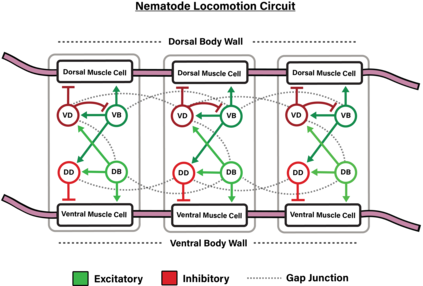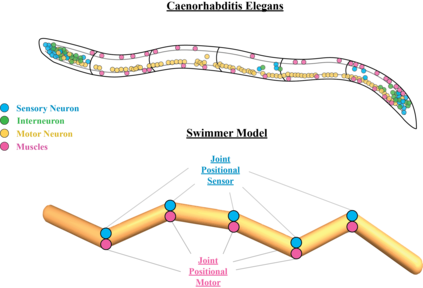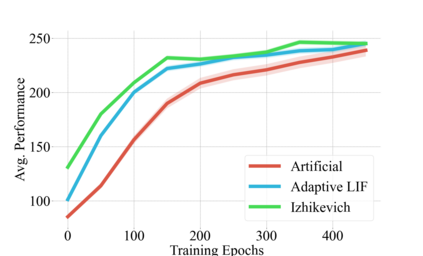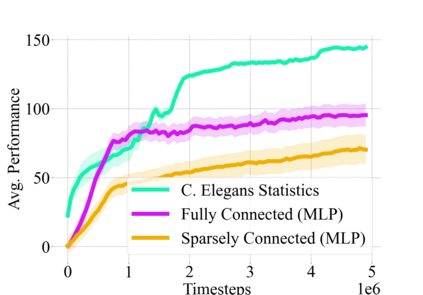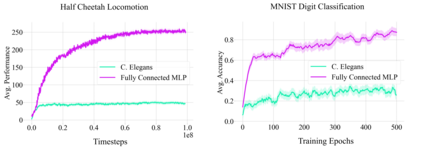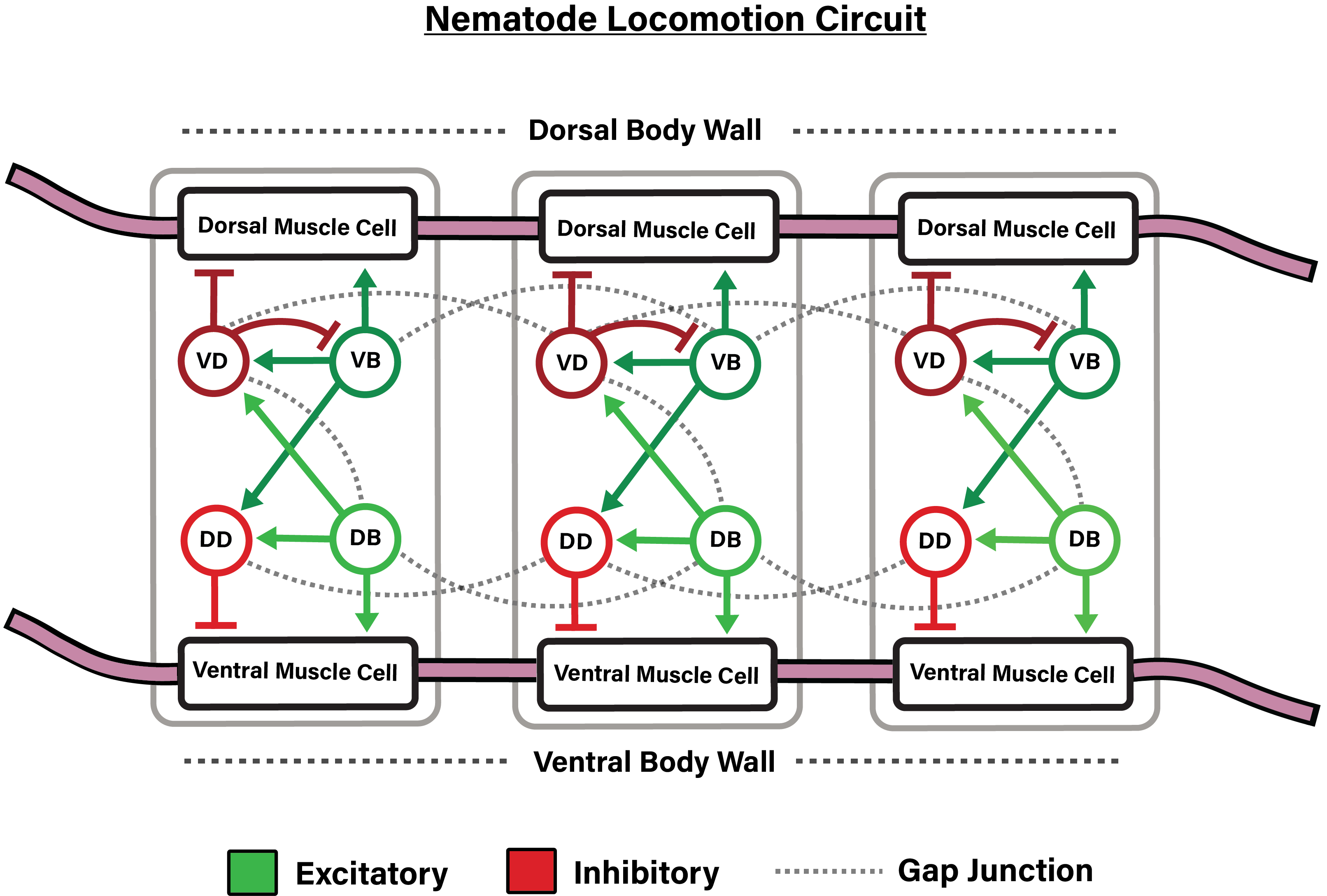Grand efforts in neuroscience are working toward mapping the connectomes of many new species, including the near completion of the Drosophila melanogaster. It is important to ask whether these models could benefit artificial intelligence. In this work we ask two fundamental questions: (1) where and when biological connectomes can provide use in machine learning, (2) which design principles are necessary for extracting a good representation of the connectome. Toward this end, we translate the motor circuit of the C. Elegans nematode into artificial neural networks at varying levels of biophysical realism and evaluate the outcome of training these networks on motor and non-motor behavioral tasks. We demonstrate that biophysical realism need not be upheld to attain the advantages of using biological circuits. We also establish that, even if the exact wiring diagram is not retained, the architectural statistics provide a valuable prior. Finally, we show that while the C. Elegans locomotion circuit provides a powerful inductive bias on locomotion problems, its structure may hinder performance on tasks unrelated to locomotion such as visual classification problems.
翻译:神经科学方面的重大努力正致力于绘制许多新物种的连接体,包括即将完成的Drosophila melanogaster 。 重要的是要问这些模型是否有利于人工智能。 在这项工作中,我们问到两个基本问题:(1) 生物连接体何时何地可以在机器学习中使用生物连接体,(2) 哪些设计原则对于提取连接体的良好代表性是必要的。为此,我们将C. Elgans 的电路转换成生物物理现实主义程度不同的人工神经网络,并评估这些网络关于运动和非运动行为任务的培训结果。我们证明,不需要维护生物物理现实主义来获得使用生物电路的好处。我们还确定,即使精确的电路图不保留,建筑统计也提供了宝贵的前题。 最后,我们表明,C. Elegas 移动电路在移动问题上提供了强大的导导道偏差,但其结构可能阻碍与视觉分类问题等与移动无关的任务的执行。

